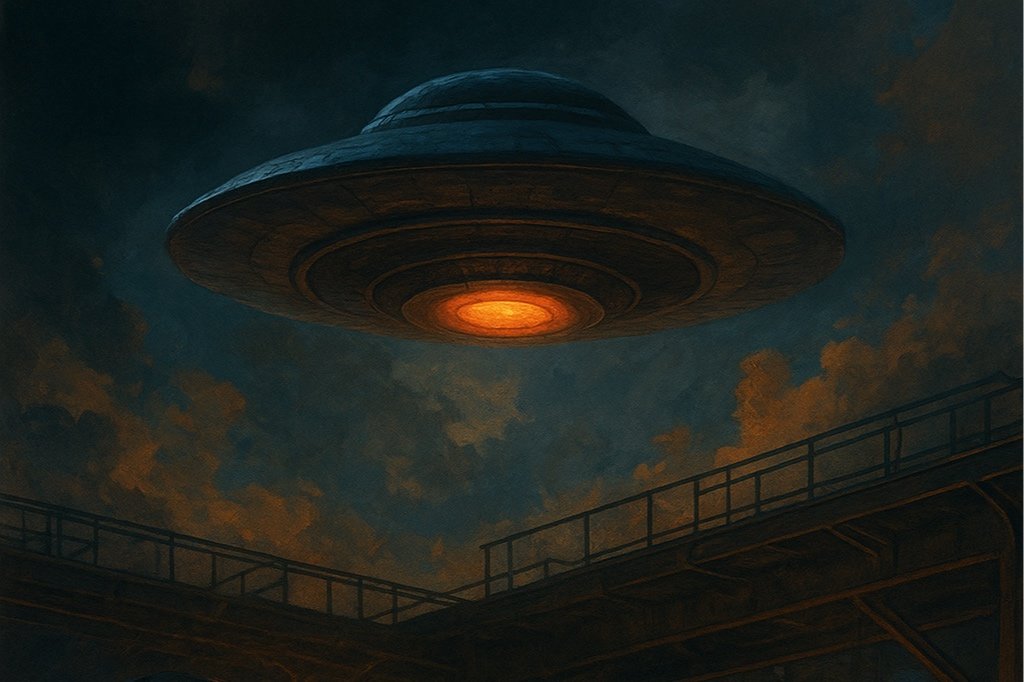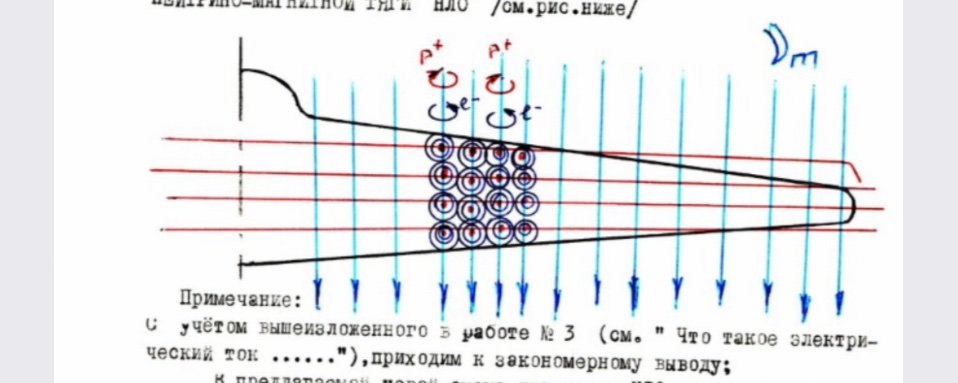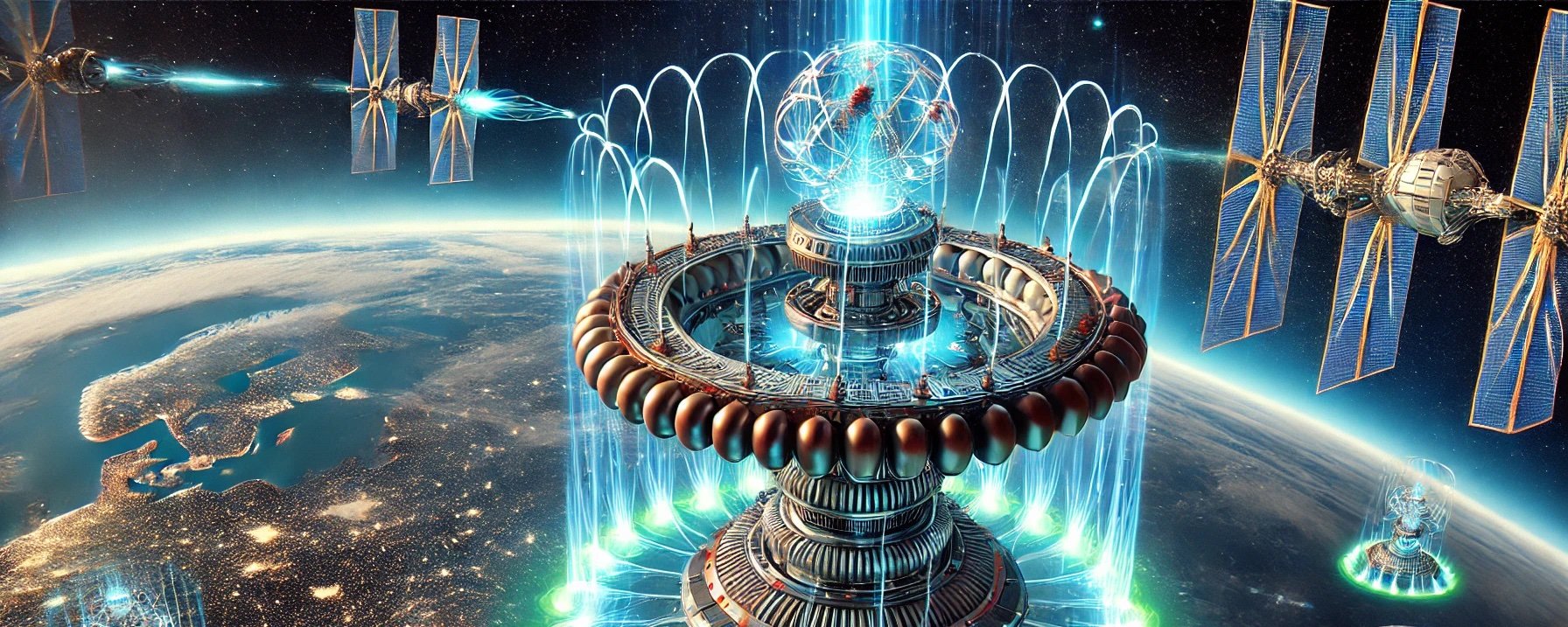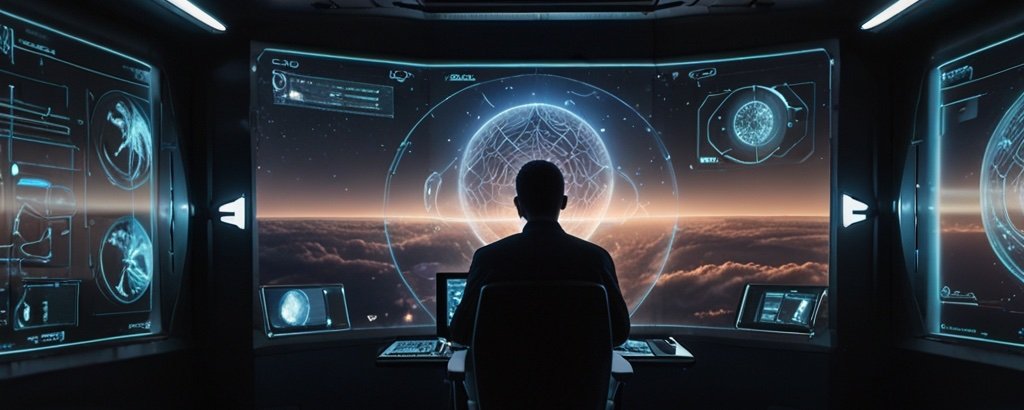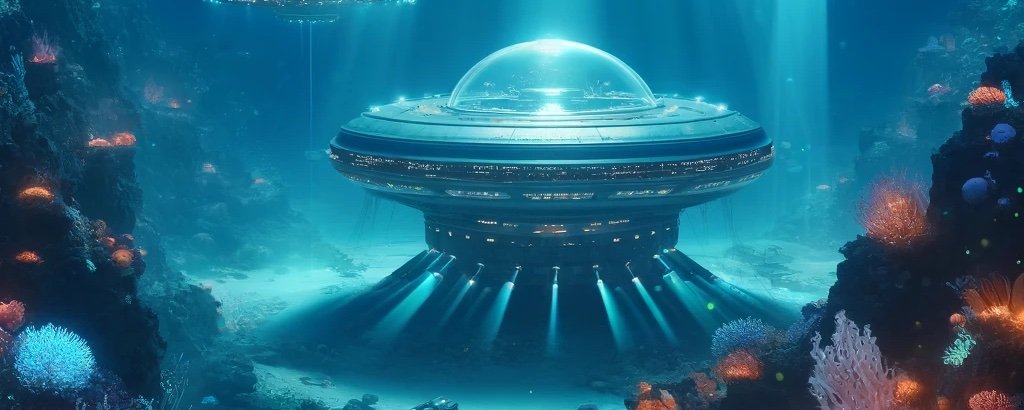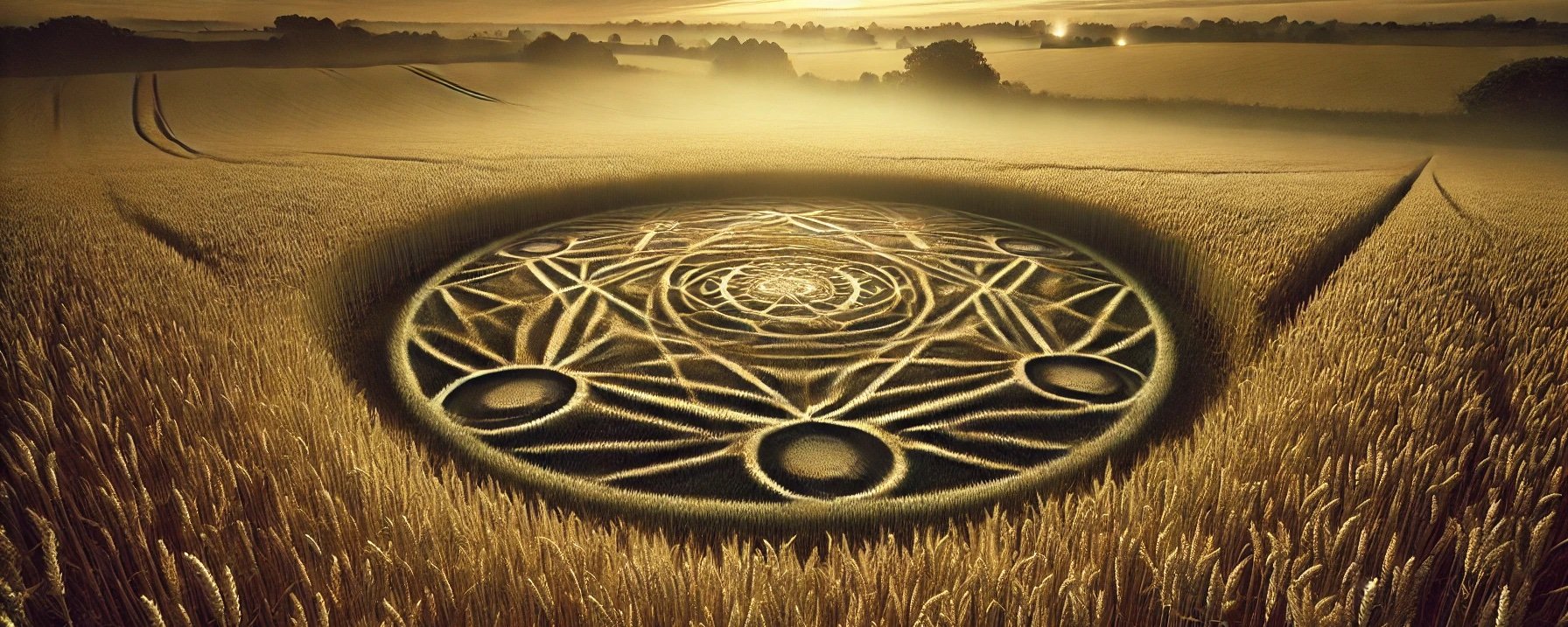ARTICLES
In 1994, not long after the fall of the Soviet Union, a curious patent quietly entered the public domain. Filed under the number RU2017658C1, the invention described a multi-environment transport apparatus—capable, supposedly, of operating in space, the atmosphere, and even the ocean. On the surface, it looked like another ambitious Russian aerospace design. But beneath the legal formalism was something unusual: superconducting systems, electromagnetic shielding, and propulsion not through combustion, but internal oscillating forces.
Russia’s announcement of a magnetic plasma electric engine capable of reaching Mars in just 30 to 60 days has generated buzz, hope, and inevitable skepticism. Built around a magnetic plasma accelerator, the system uses hydrogen to propel electrons and protons at speeds nearing 100 km/s, according to researchers at Rosatom’s Troitsk Institute.
In the world of classified intelligence and fringe science, two sources—one from the realm of Cold War espionage, the other from the private archive of a Soviet aerospace engineer—seem to converge on the same underlying reality. The first is a declassified CIA report from the 1980s warning of Soviet scalar weaponization efforts. The second is Engineering Infinity, a set of translated technical documents by Valerijs Černohajev, describing a field-based propulsion system that resonates eerily with what intelligence analysts feared but could not fully explain.
How CERN’s AWAKE Experiment May Validate the Soviet Propulsion Theories in Engineering Infinity
Discover how a 2024 prediction from late Soviet engineer Valerijs Černohajev is resonating in today’s world. This in-depth article explores his theory of a global shift from intellectual to spiritual civilization—linked to cosmic resonance.
What kind of lifeform could survive the impossible physics of UAP flight? This article explores the theoretical biology of a resonant being capable of withstanding nonlinear acceleration, gravitational-charge inversion, and spacetime folding—then traces its echoes across ancient texts from the Bible to the Vedas. A provocative intersection of science, myth, and metaphysics.
Hardy’s Paradox Just Validated the Most Important UFO Engineering Document Ever Recorded
The Tic Tac UFO, observed by the U.S. Navy in 2004, displayed extraordinary characteristics that align with the details presented in Engineering Infinity. The craft’s ability to perform instantaneous acceleration, hover silently, and transition seamlessly between mediums (air and water) reflects technologies described in the document.
Recent analysis from the Engineering Infinity Validation Study highlights remarkable parallels between the theoretical framework of the manuscript Engineering Infinity and advancements in Russian military technology between 2000 and 2024. The findings underscore the prescient nature of the manuscript’s specifications, particularly in the fields of electromagnetic and plasma technology.
Based on technical insights from Engineering Infinity, derived from a Soviet engineer's reverse-engineering notes, several design elements make these craft inherently difficult to detect on radar. While advances in radar technologies may challenge these stealth capabilities, the UFOs' unique characteristics still provide significant advantages in evading detection.
The idea of underwater UFO bases has fascinated ufologists and the public alike for decades. The thought of advanced civilizations or entities hiding vast underwater facilities plays into our love of mystery and science fiction. However, a deeper look into advanced propulsion technologies and energy systems—particularly those outlined in Engineering Infinity, a reverse-engineering study on UFO-like systems—suggests a far more pragmatic purpose: resource acquisition, specifically refueling.
Crop circles have mystified and intrigued humanity for decades. With their intricate geometric patterns, often appearing overnight in fields of wheat or barley, these formations have spurred debates ranging from the whimsical to the scientific. Are they merely the work of talented human artists, or could they be the product of an advanced phenomenon beyond our current understanding? To explore this mystery, we delve into insights from two fascinating sources: a 2002 study by Simeon Hein, Ph.D., and Ron Russell, and the groundbreaking details outlined in Engineering Infinity: Earth’s First Interstellar Blueprint. Together, these works provide a compelling narrative that links electromagnetic phenomena, crystalline structures, and the possibility of advanced energy systems to the enigma of crop circles.




